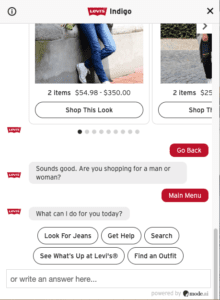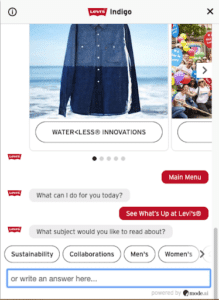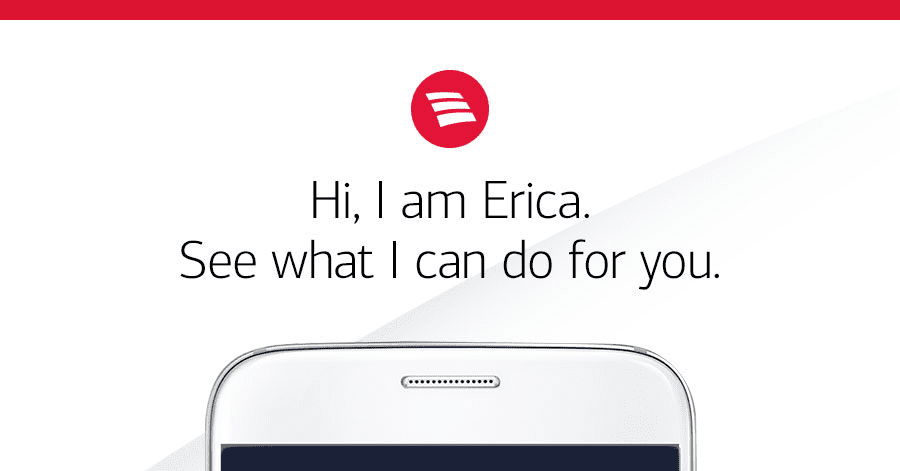AI-Based Chatbot Example
When chatting with a brand, customers are looking for instantaneous answers — that's where chatbots come into play. Read more to find out how.

When chatting with a brand, customers are looking for instantaneous answers. In fact according to Chatbots magazine (yes, there actually is one), real time messaging has impacted not only personal lives, but also business relations. And what Harvard and Inside Sales discovered is you have five minutes to respond to a customer before you are at risk of losing the lead.
As a result, chatbots are quickly rising in popularity. This year’s Activate Conference will include training sessions and panels on natural language processing, recommendation engines, and the future of voice search. What are all these components a part of? None other than, chatbots.
And just like people come in different personalities, humor, and expertise, bots can be individualized to best serve your unique audience.
Simple rules-based chatbots are nothing but pre-recorded scripts and decision trees. They ask yes no questions and then route you down a tree. These aren’t really bots, because they aren’t learning.
AI-Based Chatbots
On the other hand, AI-based chatbots provide responses based on a combination of predefined scripts and machine learning applications. Advancements in NLP and insight automation enables customer’s unique data, not just generic scripts, to be included in the knowledge database that a bot pulls from.
People want their shopping experiences to be personal, to understand their likes, their style, and to have an intuitive shopping experience. The best bots will be know-it-alls, programmed with the brand’s personality, that take users to their “next best action” as quickly as possible.
One of my favorite bots is Levi’s Indigo. Back in September 2017, Levi’s built a virtual stylist named Indigo, with the intent to help women find their perfect pair of jeans. Because of its success, they’ve now enhanced Indigo’s capabilities into ‘find an outfit’, search products, get help and my social favorite, ‘see what’s up at Levi’s’ that share stories about the company’s sustainability efforts.


The fashion industry isn’t the only one relying on chatbots for customer support and online shopping. For example, Bank of America recently developed a bot named Erica that helps their 67 million customers find important documents without human assistance.

Where to focus? Voice or Text?
We know that millennials are choosing texting over calling more than previous generations, but with over 100 million Alexa devices sold as of January, talking isn’t going out of style anytime.
However, there are pros and cons to consider for both. A text chatbot is only able to interact strictly through messaging, whereas a voice bot needs to be an expert at understanding the voice of the questioner to then translate into text. A text bot can be merged with SMS, Social Apps and emails, which are widely used and the most convenient form of a bot. But, a voice bot is very attractive to users that prefer hands free communication, like when you’re driving a car.
Regardless of the bot your building, you’ll be able to learn more about its unique components at Activate 2020 happening in D.C. from August 31-September 3rd. Be sure to register today at activate-conf.com/.
Liz O’Neill is a Senior Solutions Manager, Digital Commerce at Lucidworks. She has a focus and passion in retail and technology, particularly in enabling collaborative and effective strategic partnerships.
LEARN MORE
Contact us today to learn how Lucidworks can help your team create powerful search and discovery applications for your customers and employees.